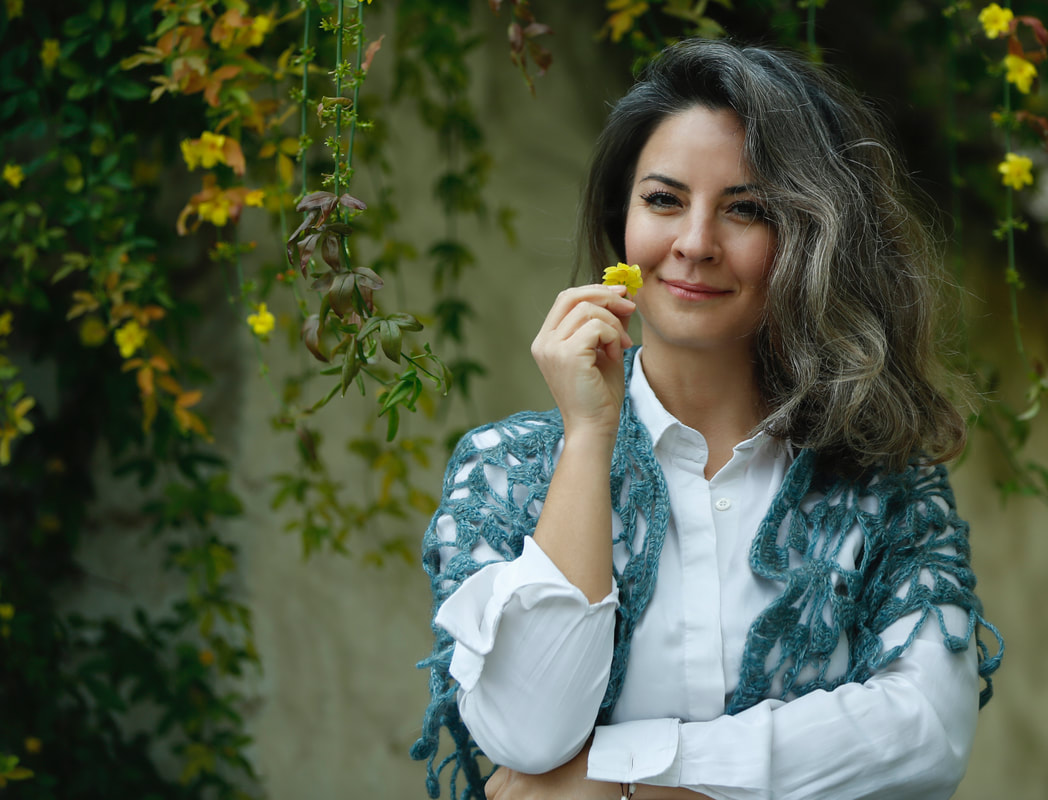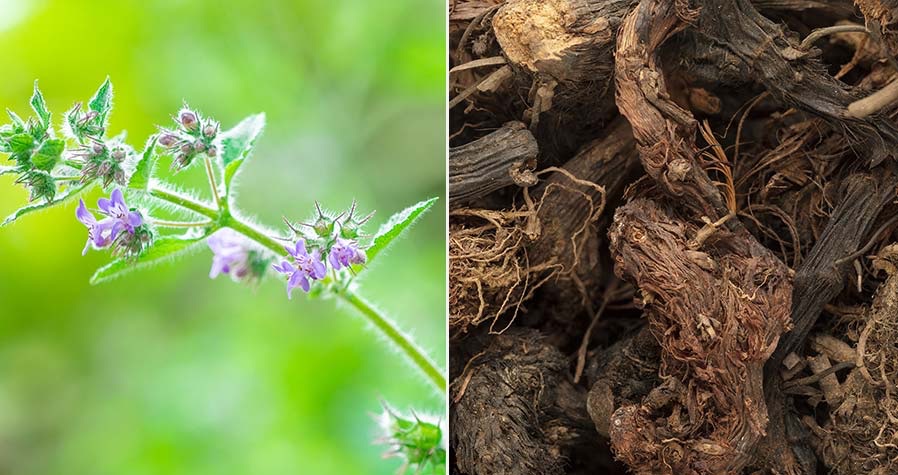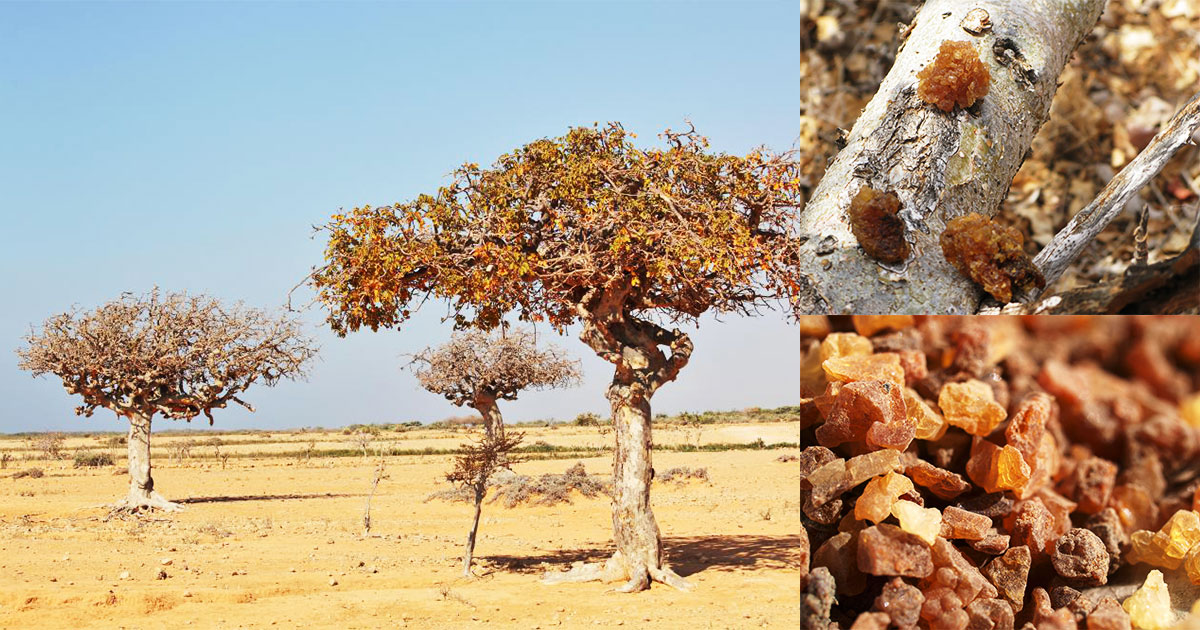I grew up in one of the most beautiful places in Greece with vivid memories of blooming nature in all its glory. Ever since I can remember myself, I’ve been intrigued by the scents of nature all around me – the herbs, the flowers and the richness of aromatic plants used in daily life.
I started my self taught aromatic Odyssey 20 years ago while I was facing a health issue that awakened my awareness in natural medicinal plants. Aromatic recipes from Theofrastos and other Greek philosophers became passion and mission at the same time.
It was 8 years ago when I first discovered the International Perfume foundation on an internet search on natural perfume courses and certifications. I still remember the moment I came across one of Creezy Courtoys' articles about the aromatic heritage of Greece and I will never forget these beautiful emotions rising, all the gratitude bringing memories of our heritage.
Its main uses were medicinal, religious and cosmetology aids. This kind of art required a lot of skill, ingenuity, and secrecy.
Authors such as Hippocrates, Xenophon, Herodotus, Aristotle, Theophrastus and others, inherited a massive detailed research related on perfumes made of flowers, and back in that time the perfume was actually named either from the aromatic plant ingredient or very often by the name of the manufacturer.The most famous ancient Greek perfumes were Ιrinon, (en extract of iris root in olive oil ), nard, balsam, Stakti the original myrrh balsam, Melinium from quince oil, Rhodium a famous ointment from Rhodes made of rose extract blended with other oils, like linden blossom.
As the frescoes reveal, the Minoans with their refined taste and elegance, were major perfume producers. Plants were their raw material to extract essential oils with aromatic properties. Flowers, such as the roses, leaves, roots, seeds were used in Minoan perfumery.
Ancient signs found in Knossos indicate the supply of oils from plants such as sage and rose, but also the use of raw materials such as coriander, honey and wine for perfumes and ointments.
Let's mention a couple of the most famous perfumes of antiquity:
Irinon's main ingredient was iris root. Roots that were left to dry away from sunlight threaded with a needle to long garland. Irinon scent was one of the most popular perfumes, which was getting better with time. It was a well-loved and relatively inexpensive perfume.
It was produced from the Indian spikenard root, a delicate fragrance with a long lasting effect. The best Nardon was produced in Tarsus in Cilicia. It was an essential component of the women's toilet, while it was also used to flavor wine, and to make a lozenge for pleasant breath.
Expensive and luxurious perfume, bitter and pungent, that was imported from the East, from the oil of the myrrh bush. It was particularly known to the Greeks of Asia, while its name indicates the way it was prepared, through the dripping of the precious liquid of myrrh, when its stem and branches were carved. Its harvesting took place on the hottest days of the year and lasted for longer. Myrrh was used for liquid perfumes, salves, lozenges, incenses and flavored wines, as well as as an ingredient in various compound perfumes or to enrich other cheaper oils.
Labdanum gum (Cistus Creticus) is an aromatic resin with strong medicinal properties which is collected from the leaves of the Cretan Cistus plant.
In antiquity was mainly known as the “Myrrh of the Bible” and was one of the main incenses that had to be burned while reading the psalms of David and the Bible. Its aroma is extremely rich and strong, used for protection, strength and spiritual development.
Labdanum gum until today remains one of the forty components, formulating the recipe of Holly Myrrh used by Christian Orthodox Church. In Greek mythology Labdanum gum was said to be one of these therapeutic plants that 12 Gods from mountain Olympus selected in order to heal warriors wounded in battles. Egyptians mainly used labdanum gum for mummification.
Closing this article i would also like to mention another resin widely used in ancient Greece for medication religion perfuming and cosmetology. This is Mastic gum (Pistacia lentiscus var.chia) produced only on the Greek island of Chios and nowhere else on the planet.
The first official reference to Mastic belongs to Herodotus. Since ancient times, Greek doctors such as Hippocrates have revealed the secrets of Mastic, which travels to Chalcedon, Egypt and Arabia, as a rare gift of the Greek land.
Although it was mainly known for its medicinal properties before 5th century BC, Romans and Turks made toothpicks out of the aromatic wood to clean and whiten their teeth and also to perfume their breath.
The Egyptians used it for embalming the dead.
The essential oil produced by the distillation of natural mastic, was widely used in cosmetology and face creams known by Kleopatra, as it has been found to enhance the regeneration and elasticity of the skin, toning and living skin radiant and youthful.
Until today , its most widespread use is as chewing gum or flavoring , mastic liqueur, cosmetology and perfumery.
All this knowledge is inherited to humanity regardless of nationality and beliefs.
It's up to us to awaken it in a new era.







 RSS Feed
RSS Feed